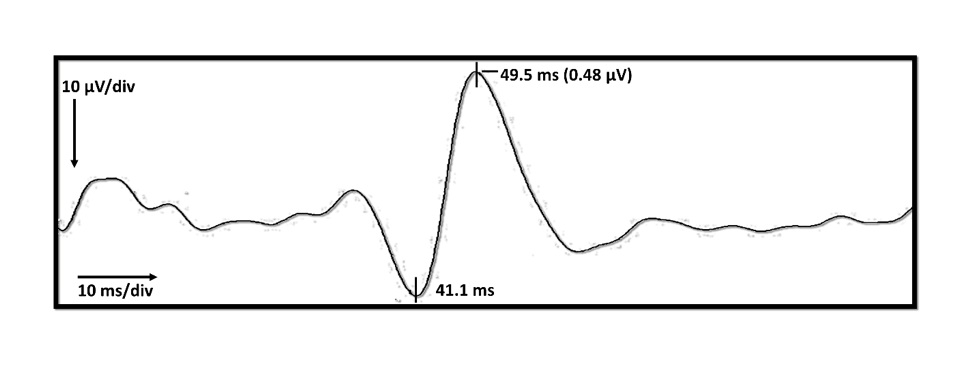Axis Research Team Published A Study
By Admin | July 01, 2021
Kathryn Overzet, MS, CNIM1,2; Derrick Mora, MS1,2; Eloise Faust, BS, CNIM1; Lindsay Krisko, BS, CNIM1; Dyanne Welch, R. EP T., CNIM1; Faisal R. Jahangiri, M.D., CNIM, D.ABNM, FASNM, FASET1,2
1Axis Neuromonitoring Richardson, Texas; 2Department of Applied Cognition and Neuroscience, The University of Texas at Dallas, Richardson, Texas;
Abstract
Lateral lumbar interbody fusion procedures are performed with multimodality neuromonitoring of the femoral nerve to prevent lumbosacral plexus and peripheral nerve injury from positioning, dilation, retraction, and hardware implantation. The integrity of the femoral nerve can be continuously assessed during these procedures by Somatosensory Evoked Potentials of the Saphenous nerve (Sn-SSEPs). Sn-SSEPs are technically challenging to acquire and necessitate advanced troubleshooting skills with a more rigid anesthetic regimen and physiological parameters. We performed a retrospective analysis of Sn-SSEP data for 100 consecutive lateral lumbar surgeries where the stimulation electrodes were placed distally below the knee and medial to the tibia bone (i.e., DSn-SSEPs). Monitorable baseline responses were present in 87% of patients after the exclusion of fourteen cases where the tibial nerve SSEP was absent, quadriceps transcranial electrical motor evoked potentials (TCeMEPs) were absent or not utilized. Sex, age, body mass index (BMI), diagnosis, mean arterial pressure (MAP), inhalational anesthetic levels, reliability of ulnar and posterior tibial nerve SSEPs, and the reliability of femoral nerve innervated quadriceps TCeMEPs were evaluated but were not of statistically significant consequence between cases where the DSn-SSEP was present or absent in this study. We found the utilization of DSn-SSEPs to be a valuable adjunct to femoral nerve monitoring. Stimulation electrode placement is easy to palpate with clear anatomical borders. Significant muscle artifact and patient movement from stimulation do not affect waveform morphology, allowing for continuous and reliable monitoring. We recommend including DSn-SSEPs to optimize recordings during lateral lumbar procedures.
Keywords: Intraoperative neurophysiological monitoring (IONM); lateral lumbar surgery; saphenous nerve; somatosensory evoked potentials (SSEPs).
FIG. 3. DSn-SSEP trace taken from one patient with amplitude and latency values representative of the average population. The average amplitude across all procedures where the DSn-SSEP was obtained was 0.48 μV. The average latencies for P and N respectively were 41.1 ms and 49.5 ms with a peak to trough latency of 8.4 ms on average.
How to Cite the Paper:
Overzet K, Mora D, Faust E, Krisko L, Welch D, Jahangiri FR. Distal Stimulation Site at the Medial Tibia for Saphenous Nerve Somatosensory Evoked Potentials (DSn-SSEPs) in Lateral Lumbar Spine Procedures. Neurodiagn J. 2021 May 5:1-14. doi: 10.1080/21646821.2021.1903277.
Links to the Publication:
https://pubmed.ncbi.nlm.nih.gov/33950781/
https://www.tandfonline.com/doi/full/10.1080/21646821.2021.1903277



